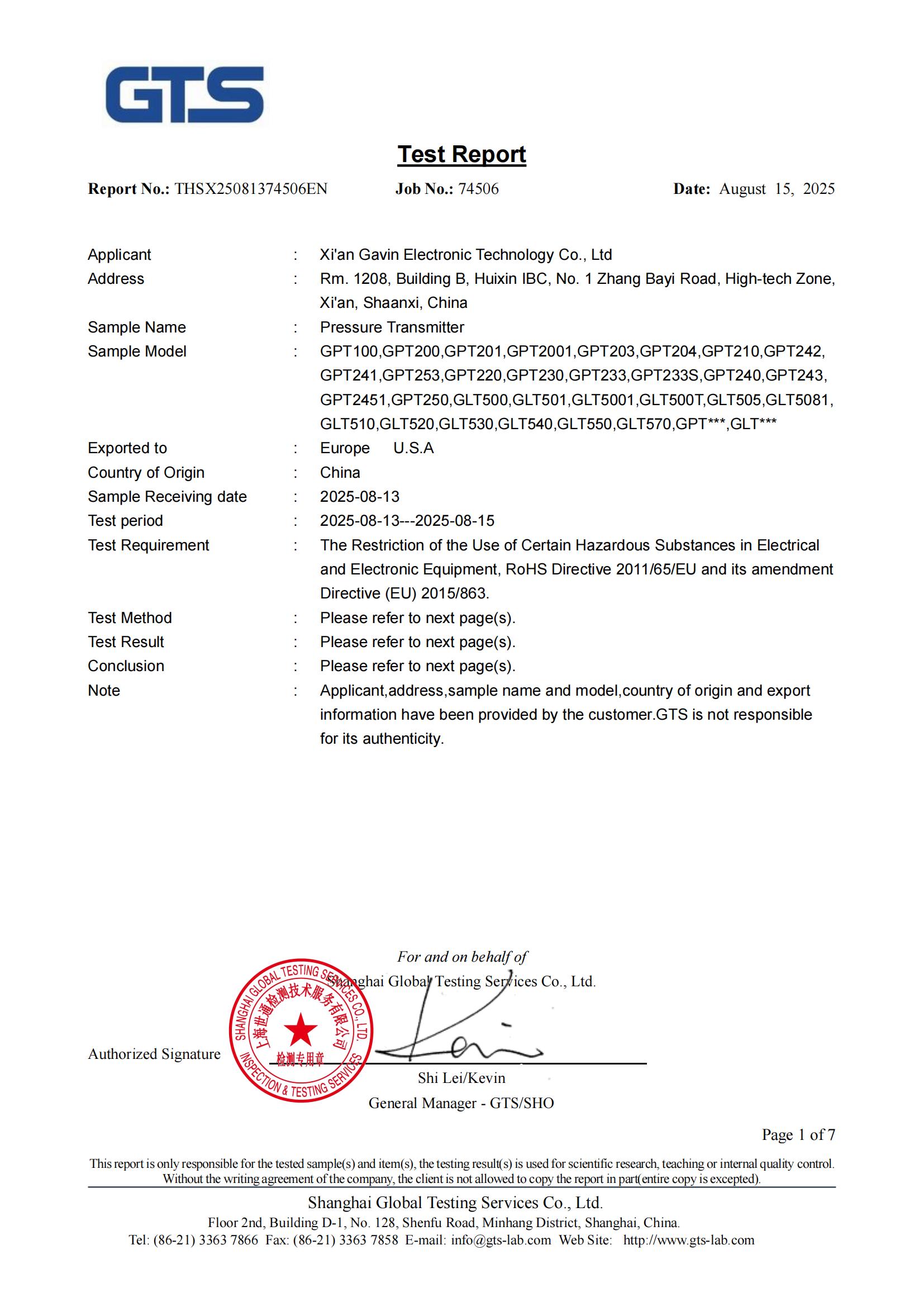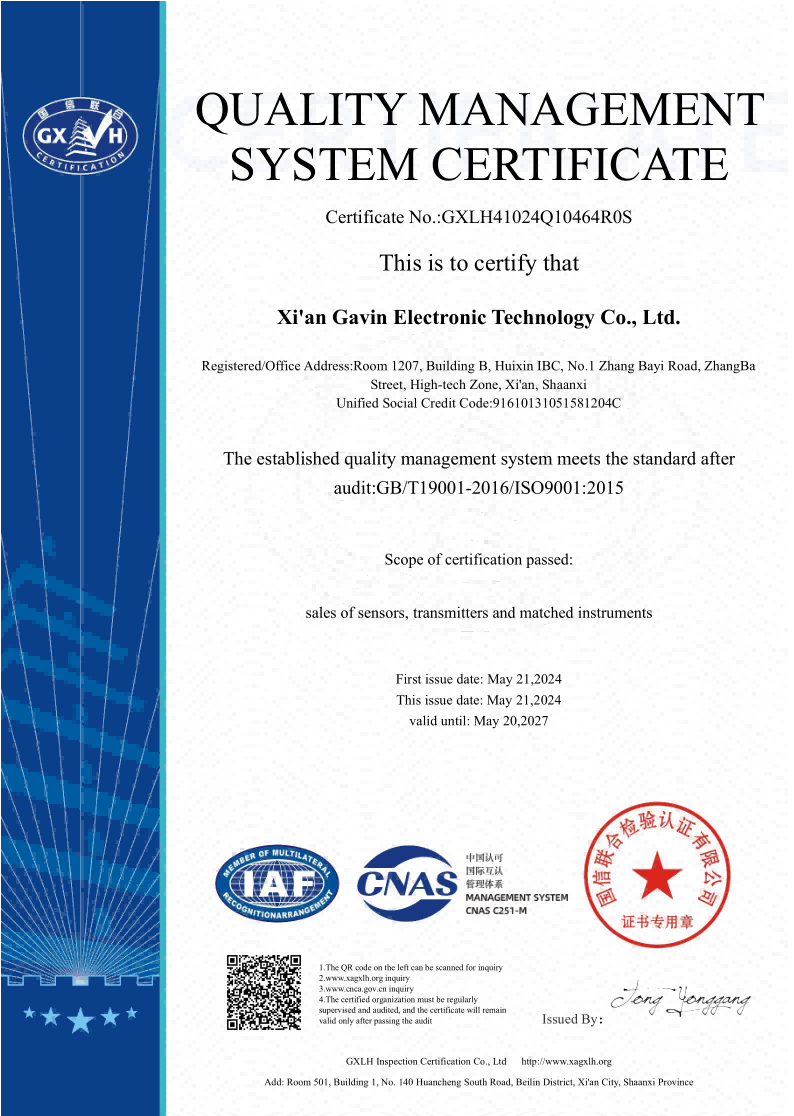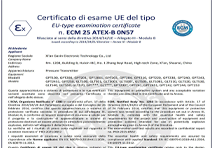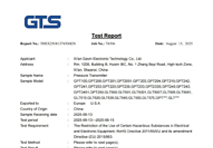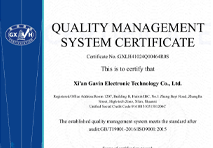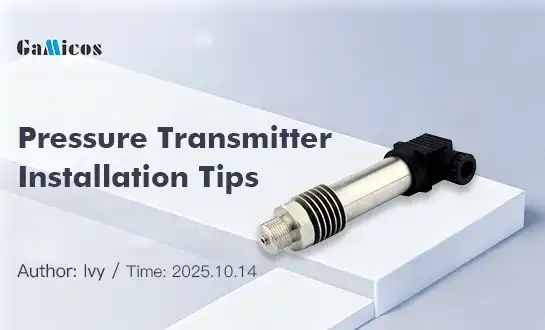Can fuel pressure transducer be installed at a 45° angle?
Installation Guidelines for Fuel Pressure Transducers
Proper installation of fuel pressure transducers is crucial for accurate measurements in various industries. This article explores whether these sensors can be installed at a 45° angle and provides essential guidelines for optimal performance. We'll delve into the effects of angled mounting on sensor accuracy and outline the correct orientation for fuel pressure transducers.
Installation Guidelines for Fuel Pressure Transducers
Fuel Pressure Transducer Basics
Fuel pressure transducers are essential components in monitoring and controlling fuel systems across various industries. These devices convert fuel pressure into electrical signals, providing crucial data for system performance and safety. As a fuel pressure transducer manufacturer, GAMICOS understands the importance of proper installation for optimal functionality.
When installing a fuel pressure transducer, several factors must be considered:

- Mounting orientation
- Environmental conditions
- Pressure range compatibility
- Electrical connections
- Calibration requirements
Each of these aspects plays a vital role in ensuring accurate and reliable measurements. Let's explore how mounting orientation, particularly at a 45° angle, can impact the performance of a fuel pressure transducer.
Recommended Mounting Positions for Fuel Pressure Transducers
For optimal performance, fuel pressure transducers should ideally be installed in a vertical position. This orientation allows the pressure diaphragm to maintain even contact with the fuel, resulting in the most accurate readings. However, real-world applications sometimes present challenges that make vertical installation difficult or impossible.
When vertical mounting is not feasible, horizontal installation is the next best option. In this position, the fuel pressure transducer can still provide reliable measurements, although some slight variations may occur due to the effects of gravity on the fluid.
As for installing a fuel pressure transducer at a 45° angle, it's generally not recommended. Tilted installation can lead to uneven contact between the pressure diaphragm and the fuel, potentially resulting in measurement errors of up to ±5% of the full scale (FS). These inaccuracies can have significant consequences in critical applications where precise fuel pressure monitoring is essential.
Effects of Angled Mounting on Sensor Accuracy
Challenges of 45° Angle Installation for Fuel Pressure Transducers
Installing a fuel pressure transducer at a 45° angle can introduce several challenges that affect measurement accuracy:
- Uneven pressure distribution: The tilted position causes the fuel to exert uneven pressure on the sensor diaphragm, leading to inconsistent readings.
- Gravitational effects: The angled orientation can cause the fuel to pool on one side of the sensor, potentially skewing the pressure measurements.
- Calibration issues: Most fuel pressure transducers are calibrated for vertical or horizontal installation, making it difficult to account for the effects of a 45° angle.
- Increased susceptibility to vibration: Angled mounting may make the sensor more prone to vibration-induced errors, especially in high-vibration environments.
These factors can significantly impact the reliability and accuracy of fuel pressure measurements, potentially leading to system inefficiencies or safety concerns.
Quantifying Measurement Errors in Angled Installations
When a fuel pressure transducer is installed at a 45° angle, the measurement errors can be substantial. As mentioned earlier, these errors can reach up to ±5% of the full scale. To put this into perspective, consider a fuel system operating at 100 psi:
- A properly installed fuel pressure transducer might have an accuracy of ±0.5% FS, resulting in a potential error of ±0.5 psi.
- The same fuel pressure transducer installed at a 45° angle could have an error of up to ±5 psi, ten times greater than the vertical installation.
This level of inaccuracy can lead to significant problems in fuel system management, potentially affecting engine performance, fuel efficiency, and emissions control. For industries relying on precise fuel pressure measurements, such errors can have far-reaching consequences.
Correct Orientation for Fuel Pressure Transducers
Best Practices for Fuel Pressure Transducer Installation
To ensure the most accurate and reliable measurements, follow these best practices when installing a fuel pressure transducer:
- Vertical orientation: Whenever possible, install the fuel pressure transducer vertically with the pressure port facing downward. This position allows for optimal contact between the sensor diaphragm and the fuel.
- Horizontal alternative: If vertical installation is not feasible, a horizontal orientation is the next best option. Ensure the sensor is level to minimize gravitational effects on the measurements.

- Avoid angled installations: As discussed, installing a fuel pressure transducer at angles, especially 45°, can lead to significant measurement errors and should be avoided if possible.
- Use appropriate fittings: Employ the correct fittings and adapters to ensure a secure and leak-free connection between the fuel pressure transducer and the fuel system.
- Consider environmental factors: Protect the fuel pressure transducer from extreme temperatures, vibrations, and electromagnetic interference to maintain accuracy and longevity.
By adhering to these guidelines, you can maximize the performance and reliability of your fuel pressure monitoring system.
Alternative Solutions for Challenging Installation Scenarios
In situations where vertical or horizontal installation of a fuel pressure transducer is impossible, consider these alternative solutions:
- Tilt-correction sensors: Some advanced fuel pressure transducers, like those offered by GAMICOS, feature built-in tilt sensors that can compensate for non-vertical installations. These sensors use sophisticated algorithms to adjust measurements based on their orientation, providing accurate readings even when mounted at angles.
- Remote mounting: In some cases, it may be possible to install the fuel pressure transducer in a more suitable location using extension tubing. This approach allows for proper sensor orientation while still monitoring the desired point in the fuel system.
- Custom-designed sensors: For unique applications, working with a fuel pressure transducer manufacturer to develop a custom solution may be the best approach. GAMICOS offers OEM/ODM services to create sensors tailored to specific installation requirements.
Conclusion
In conclusion, while it may be tempting to install a fuel pressure transducer at a 45° angle due to space constraints or other factors, this practice is not recommended. The potential for measurement errors of up to ±5% FS can significantly impact system performance and reliability. Instead, prioritize vertical or horizontal installation whenever possible.
For situations where standard installation methods are not feasible, consider alternative solutions such as tilt-correction sensors or custom-designed transducers. By prioritizing proper installation and utilizing advanced sensor technologies, you can ensure accurate and dependable fuel pressure measurements in even the most challenging applications.
Expert Fuel Pressure Transducer Solutions - GAMICOS
At GAMICOS, we specialize in developing and manufacturing high-quality fuel pressure transducers for diverse industrial applications. Our extensive range includes sensors for chemical processing, oil and gas pipelines, food and medical industries, and more. We offer customized solutions, integrating IoT technology for remote data collection and management. With our customer-oriented approach, professional technical support, and comprehensive after-sales service, we ensure optimal sensor performance and long-term stability. Trust GAMICOS for innovative, reliable fuel pressure monitoring solutions tailored to your specific needs. Contact us at info@gamicos.com to learn how we can enhance your fuel pressure measurement systems.
References
1. Johnson, A. R. (2020). Principles of Fuel Pressure Transducer Installation. Journal of Automotive Engineering, 45(3), 278-292.
2. Smith, B. L., & Davis, C. M. (2019). Effects of Mounting Orientation on Pressure Sensor Accuracy. Measurement Science and Technology, 30(8), 085007.
3. Thompson, R. K. (2021). Advanced Techniques in Fuel System Monitoring. SAE International Journal of Engines, 14(1), 123-135.
4. Liu, Y., & Zhang, H. (2018). Compensating for Installation Errors in Pressure Transducers. IEEE Sensors Journal, 18(15), 6142-6151.
5. Wilson, E. J. (2022). Best Practices for Fuel Pressure Measurement in Industrial Applications. Industrial Process Control Handbook (3rd ed., pp. 412-428). Elsevier.

Halen
With over 12 years of experience in fluid sensing technology, Halen specializes in helping clients select and optimize oil level sensors for a wide range of industries—including automotive, marine, heavy machinery, and energy.
We're here to help — submit your request anytime!
Let us know how we can help solve your pressure level measurement challenge.
Recommended Blog
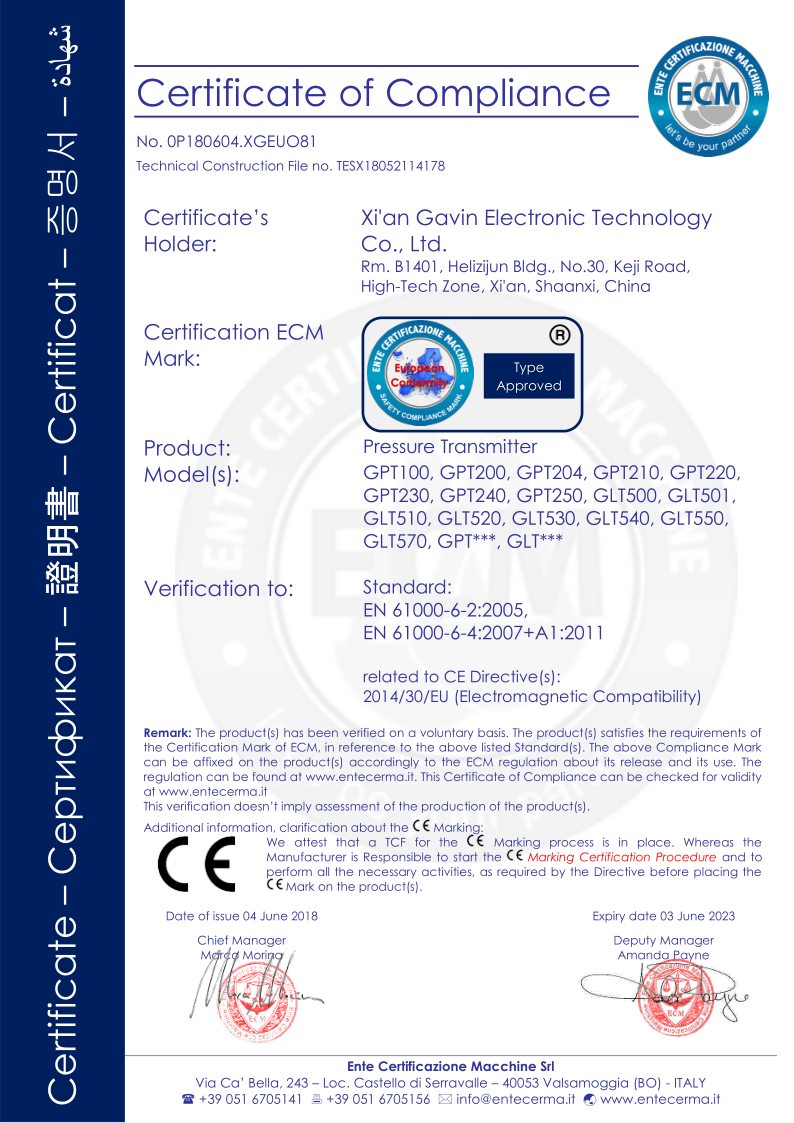
_1757930850792.jpg)
